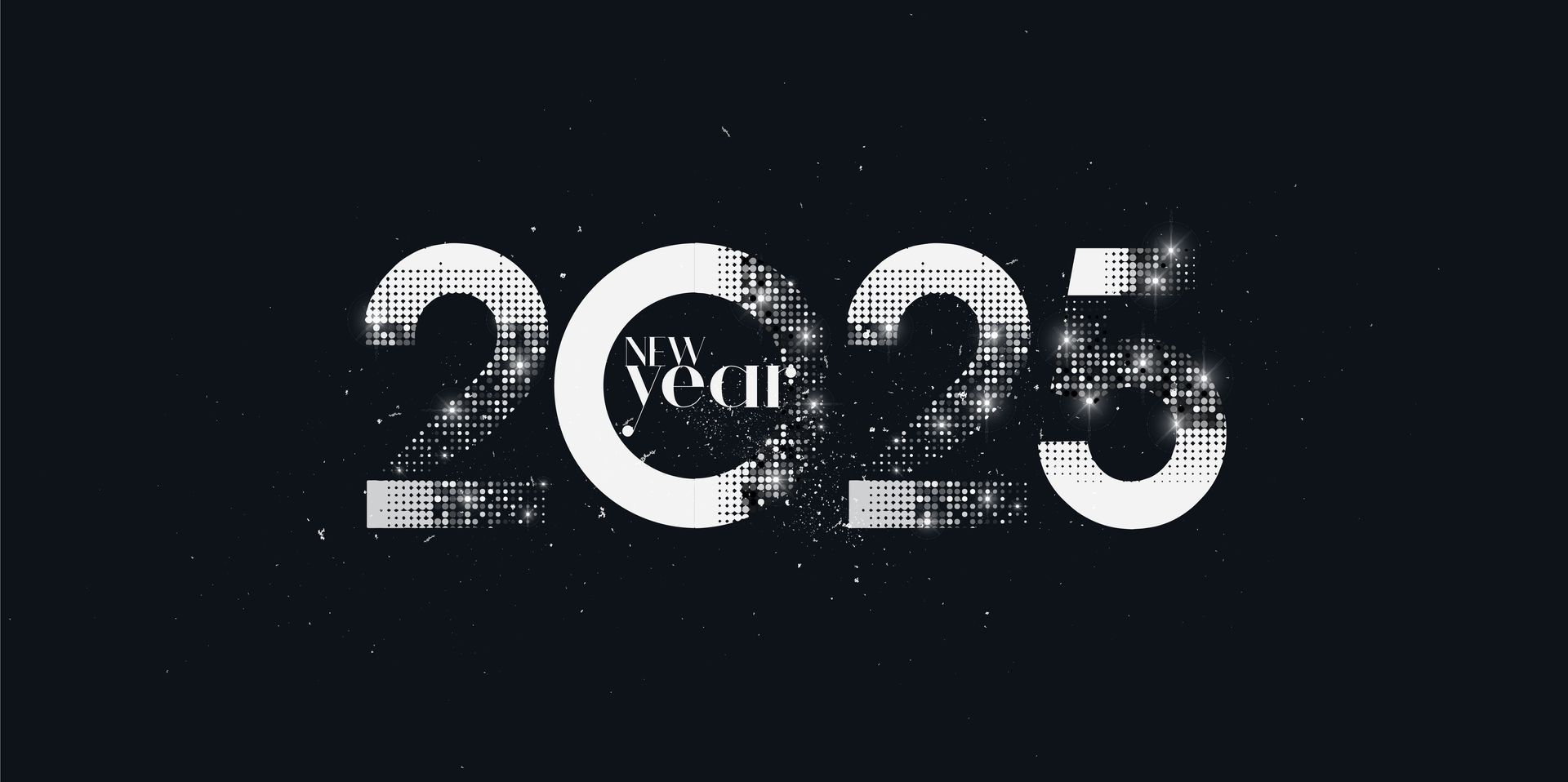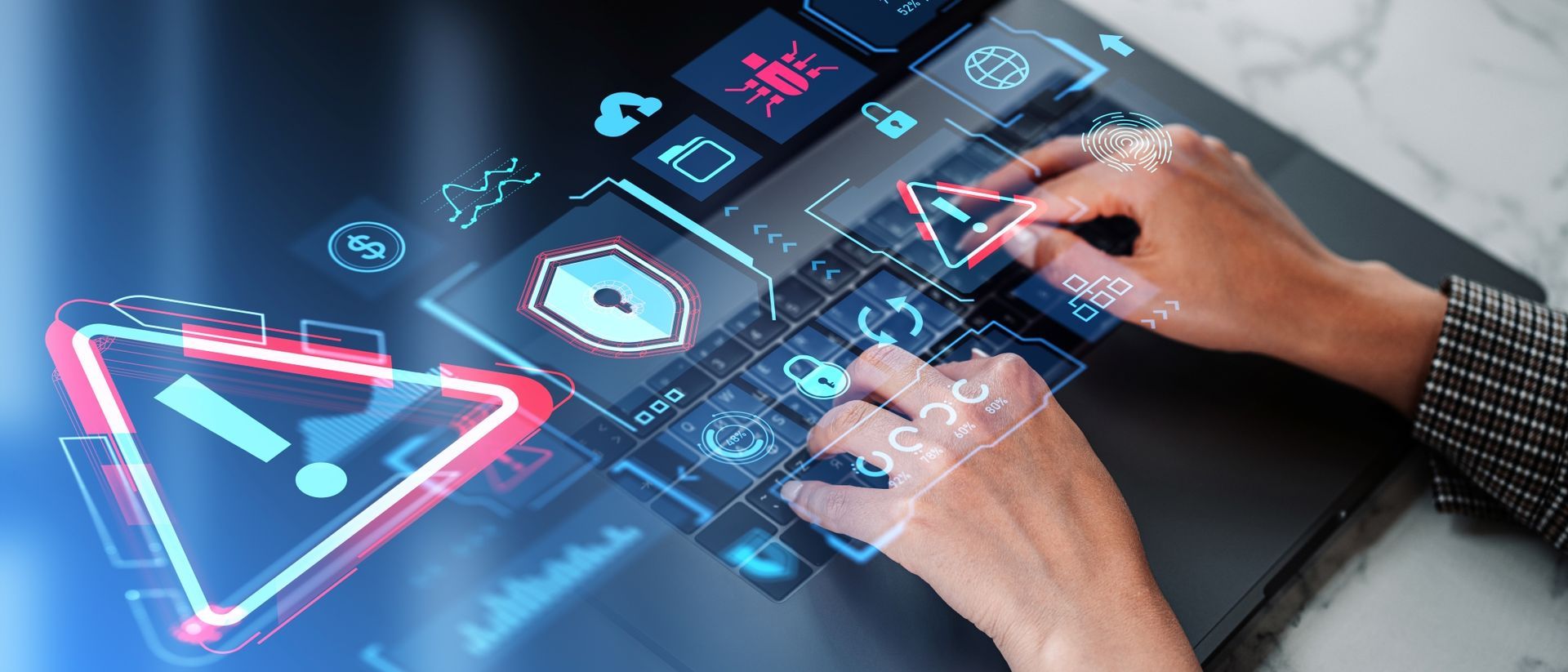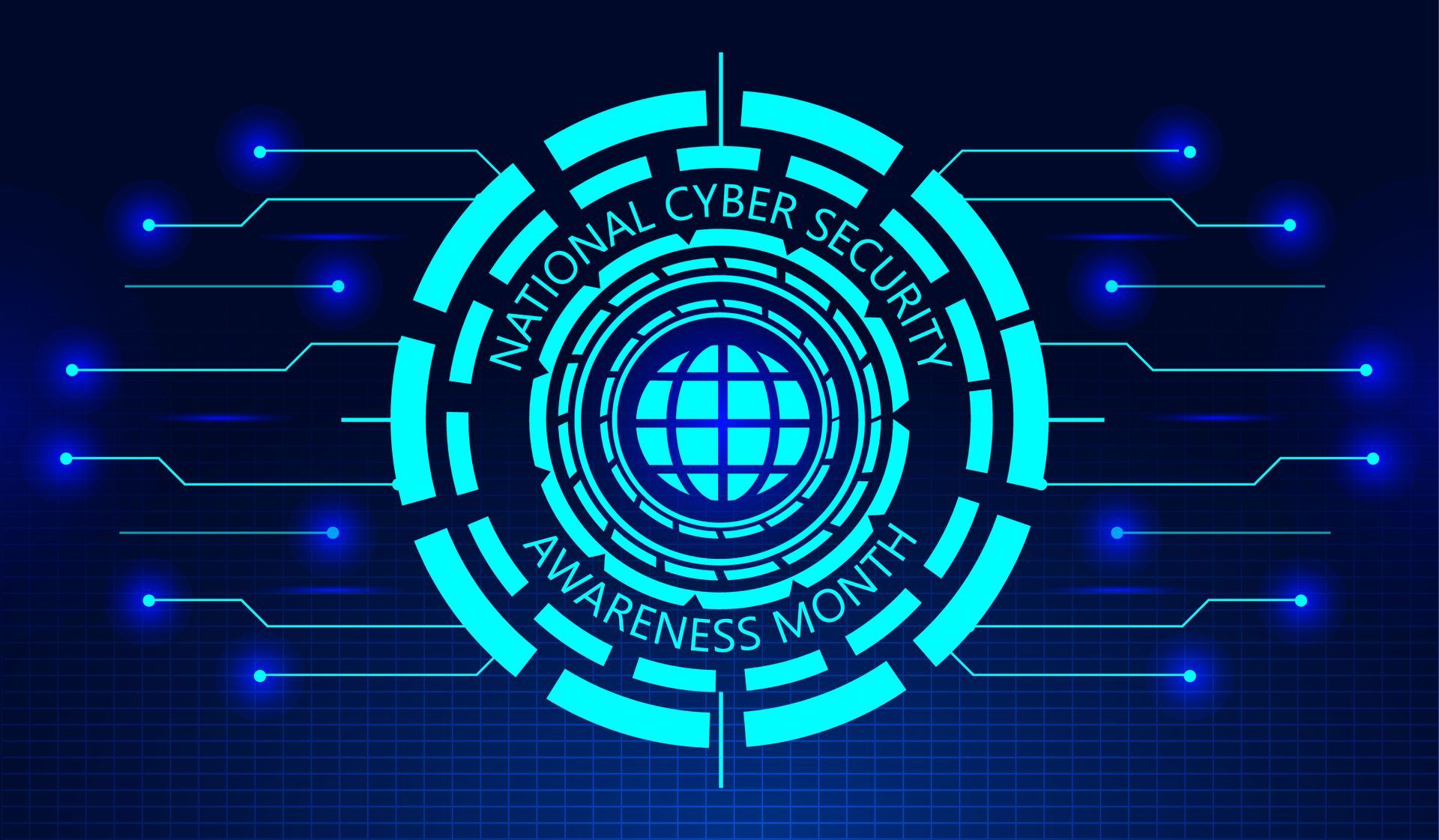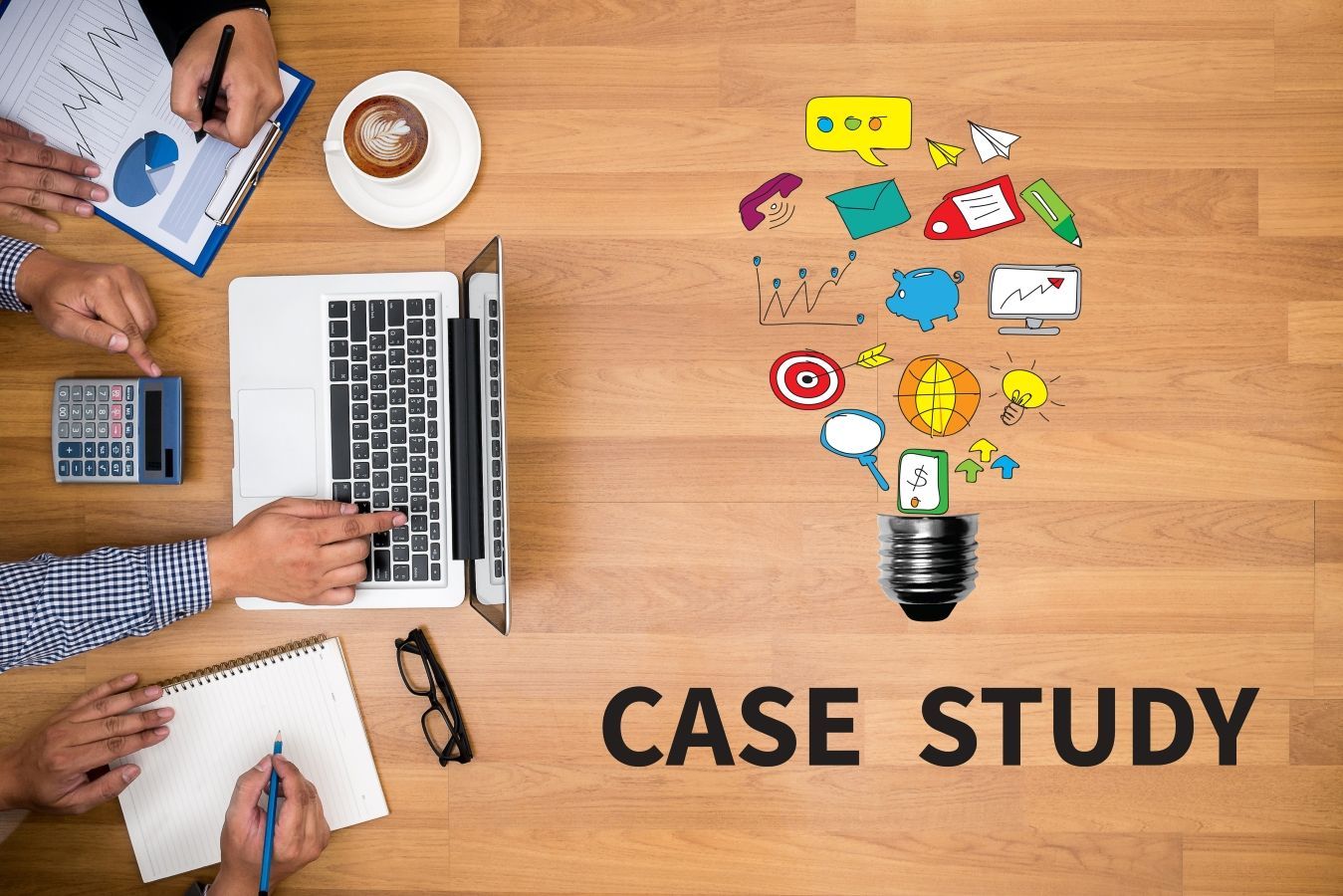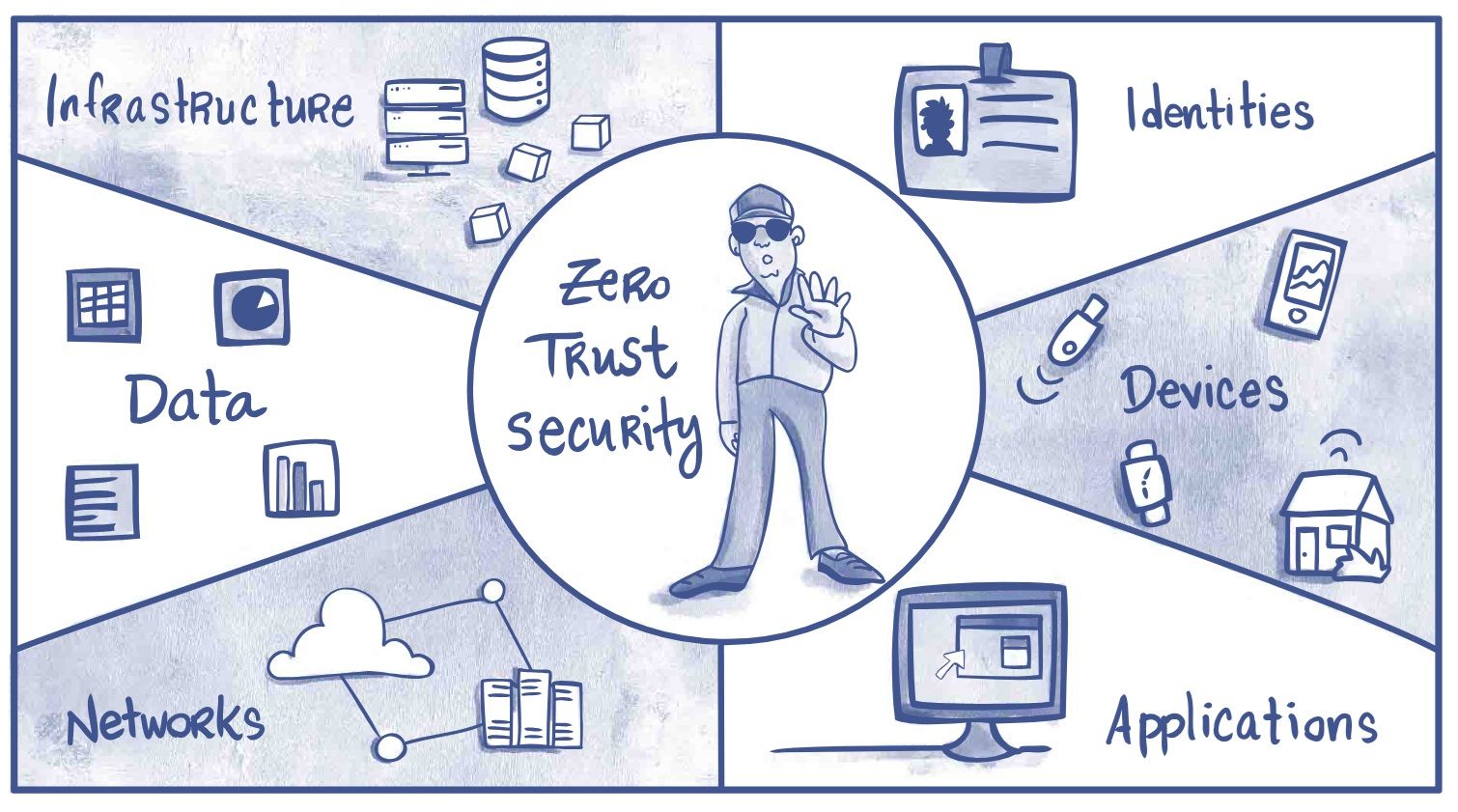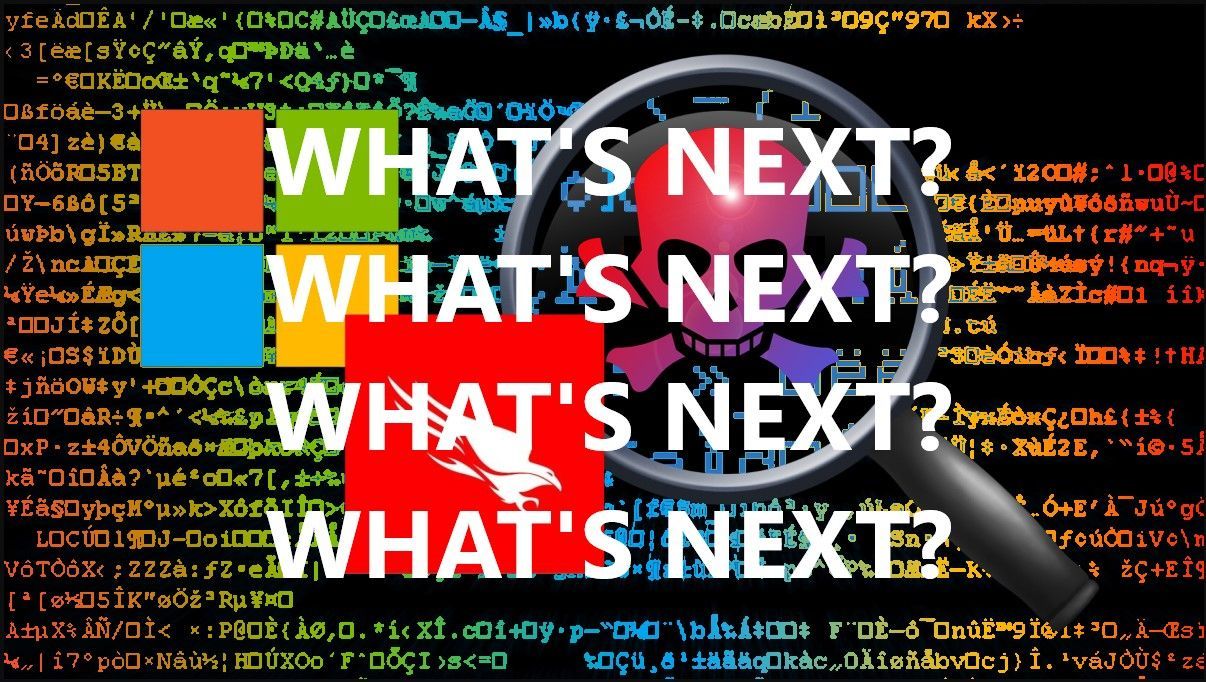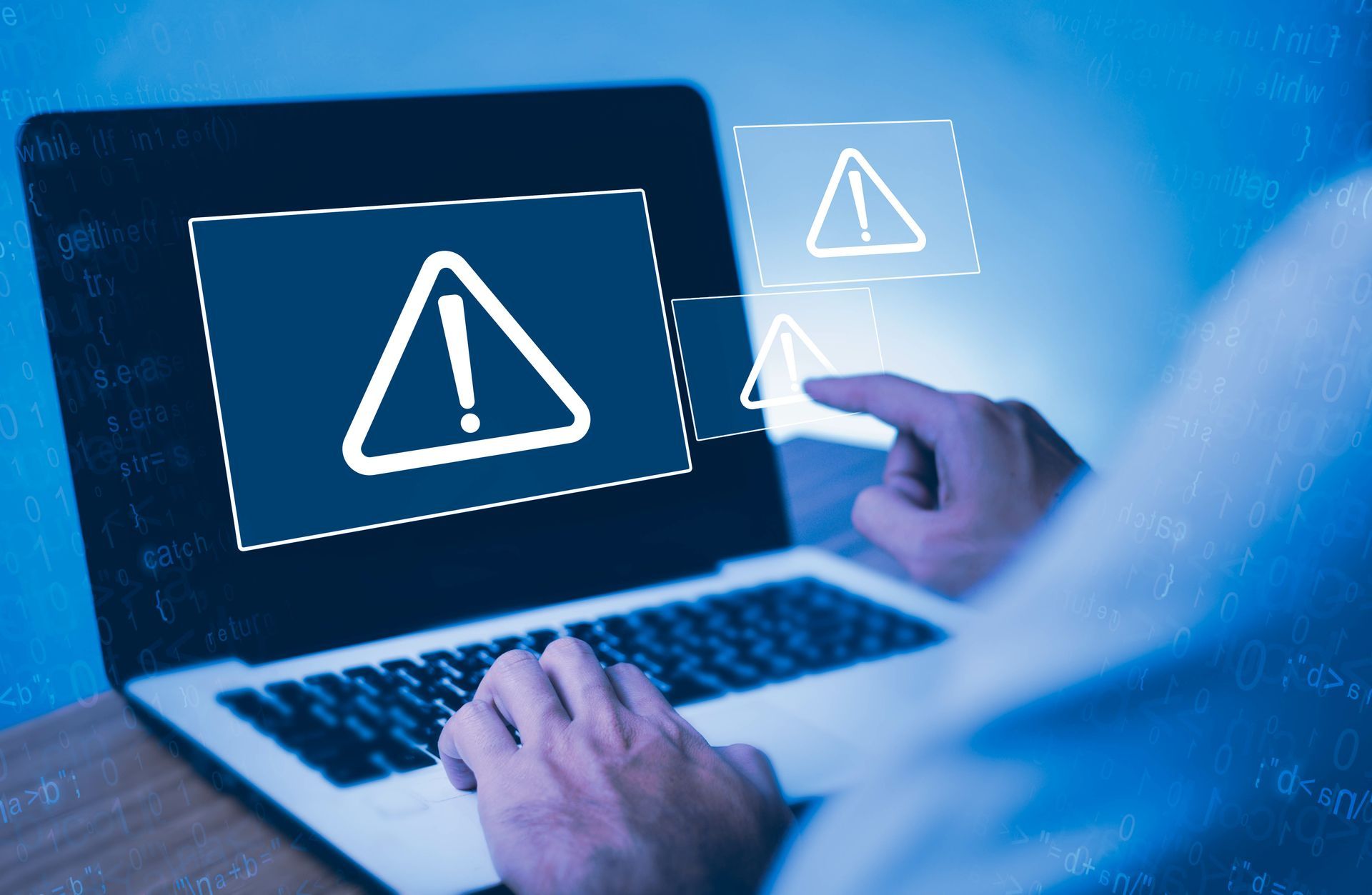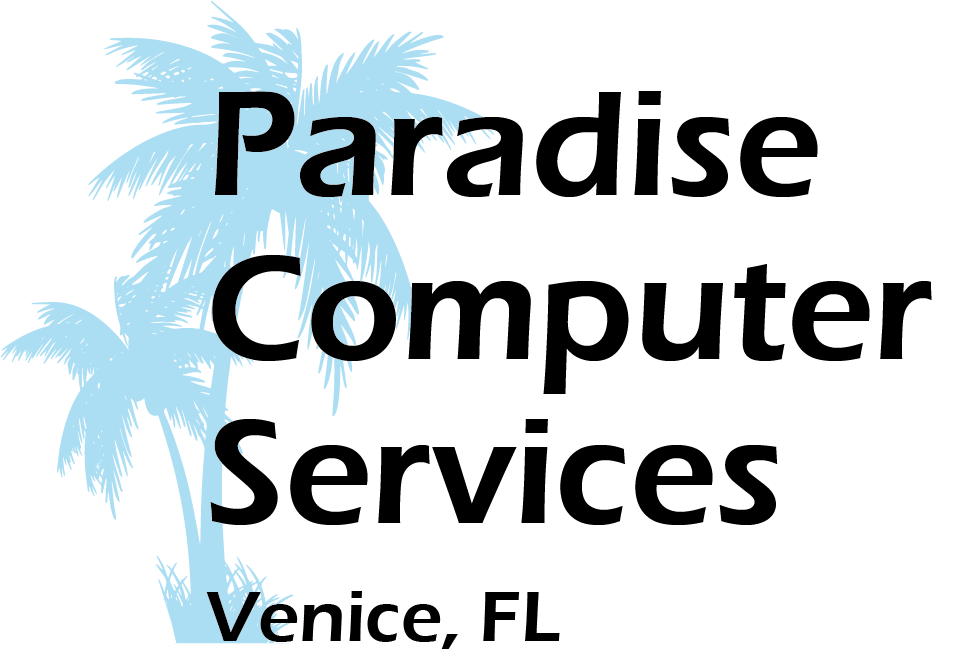Blockchain Beyond Bitcoin: How IT is Using Blockchain in 2024
Blockchain Beyond Bitcoin: How IT is Using Blockchain in 2024
When most people hear "blockchain," they immediately think of Bitcoin and other cryptocurrencies. While it's true that Bitcoin first popularized blockchain technology, its applications have grown far beyond digital currencies. In 2024, blockchain will transform industries and drive innovation in ways many never imagined. Let's explore how blockchain is used in IT today and why it's more than just a tool for managing cryptocurrency.
What is Blockchain Technology?
At its core, blockchain is distributed ledger technology (DLT). This means it's a system that allows multiple parties to have a synchronized record of transactions verified by a computer network. Unlike traditional databases, which are often controlled by a single entity, a blockchain is decentralized. This decentralization is one of blockchain's key strengths—it ensures that no single party can alter the records without the consensus of the entire network.
Each transaction or piece of data added to a blockchain is stored in a "block." These blocks are linked together in a chain, with each new block containing a cryptographic reference to the previous one. This structure makes the blockchain highly secure and nearly impossible to tamper with. Initially, blockchain technology was developed to support Bitcoin. Still, over the years, its potential has been recognized in many other applications.
The Evolution of Blockchain
Since its inception, blockchain has evolved significantly. While its use in cryptocurrency dominated its early days, industries soon recognized the potential of this technology to solve complex problems related to trust, transparency, and security. Over the past decade, blockchain has moved from a niche technology to a mainstream tool that businesses, governments, and organizations across various sectors are adopting.
Key milestones in the evolution of blockchain include the development of smart contracts, which allow for automated and self-executing agreements, and the rise of decentralized finance (DeFi) platforms that offer financial services without traditional banks. In 2024, blockchain will no longer be just a tool for tech enthusiasts or finance professionals—it's a powerful technology driving innovation in fields as diverse as supply chain management, healthcare, and digital identity verification.
Top IT Uses of Blockchain in 2024
- Supply Chain Management One of the most impactful uses of blockchain in 2024 is supply chain management. Traditionally, tracking products from their origin to the end consumer has been complex and often opaque. Blockchain technology offers a solution by providing a transparent and immutable record of each step in the supply chain. This helps companies ensure the authenticity of their products and improves efficiency by reducing the time and costs associated with manual record-keeping.
- Real-Life Example:
Walmart has implemented blockchain technology to track the origin of its produce. By scanning a product’s QR code, Walmart can trace the product’s journey from farm to store, ensuring freshness and safety. This system allows Walmart to identify the source of any food contamination quickly, reducing the time it takes to recall affected products from days to mere seconds.
- Smart Contracts Smart contracts are one of the most transformative applications of blockchain technology. They are self-executing contracts where the terms of the agreement are written directly into code. Once the conditions are met, the contract automatically executes without the need for intermediaries. In 2024, smart contracts will be widely used in industries like real estate, insurance, and legal services. They streamline transactions, reduce the risk of human error, and ensure that agreements are carried out as intended, all while saving time and money.
- Real-Life Example:
The real estate platform Propy uses blockchain to enable the complete digital transfer of property ownership. In a recent transaction, a property in California was sold entirely through a blockchain-based smart contract. This process included signing documents and transferring ownership via the blockchain, significantly reducing the time and costs traditionally associated with real estate transactions.
- Data Security As cyber threats evolve, the need for robust data security has never been greater. Blockchain offers a new level of protection for storing and sharing sensitive data. Because of its decentralized nature, blockchain makes it extremely difficult for hackers to alter or delete information. In the healthcare industry, for example, blockchain securely stores patient records, ensuring that only authorized individuals can access the data. This not only protects patient privacy but also enhances the accuracy and reliability of medical information.
- Real-Life Example:
Medicalchain is a platform that uses blockchain technology to store and share electronic health records (EHRs) securely. Patients control who can access their records and can share them with healthcare providers globally. This system was successfully used in a pilot project in the UK, where patients shared their medical history with different doctors while maintaining complete control over their data.
- Digital Identity Digital identity verification is another area where blockchain has a significant impact. In 2024, more organizations are using blockchain to create secure and tamper-proof digital identities. Blockchain-based identities are much more secure than traditional identity systems, which are often vulnerable to fraud and theft. Users have control over their data and can only share the information necessary for a particular transaction. This is particularly useful for online transactions and services where verifying a user's identity is critical.
- Real-Life Example:
The digital identity platform uPort allows users to create a self-sovereign identity on the blockchain. In a partnership with the city of Zug, Switzerland, residents could register their identities on uPort’s blockchain, enabling them to access government services, such as voting, securely and without needing traditional forms of identification.
- Voting Systems Blockchain technology is also being used to enhance the transparency and security of voting systems. In recent years, concerns about election integrity have led to the exploration of blockchain as a solution for secure and verifiable voting. Using blockchain, each vote can be recorded in a transparent and immutable way, ensuring that the results cannot be tampered with. Some countries and organizations have already implemented blockchain-based voting systems. By 2024, this technology is expected to become even more widespread.
- Real-Life Example:
In 2020, the West Virginia government used a blockchain-based voting system for overseas military personnel during the U.S. elections. The Voatz platform allowed secure and verifiable voting via a smartphone app, ensuring that every vote was recorded accurately and that the final tally was trustworthy. This success has spurred interest in broader adoption of blockchain-based voting systems.
The Benefits of Blockchain in IT
The use of blockchain in IT offers numerous benefits that are transforming industries. Security is one of the most significant advantages—blockchain's decentralized nature and cryptographic design make it highly resistant to fraud and hacking. Transparency is another key benefit; with blockchain, all parties involved can access the same information, which builds trust and reduces the need for intermediaries.
Blockchain also greatly enhances efficiency. Processes that once required multiple steps and the involvement of third parties can now be streamlined, reducing both time and costs. Whether it's automating contract execution with smart contracts or providing real-time tracking in supply chains, blockchain is making IT systems more efficient and reliable.
Blockchain technology has come a long way since its early days as the backbone of Bitcoin. In 2024, it's clear that blockchain is far more than just a tool for managing cryptocurrency. From enhancing supply chain transparency to securing digital identities, blockchain transforms IT and drives innovation across industries. As we continue to explore and develop this technology, the potential applications of blockchain will only continue to grow, offering new opportunities for businesses and individuals alike.
Are you curious about how blockchain could benefit your business? Stay informed and explore the latest developments in blockchain technology to see how you can harness its power for your success.
